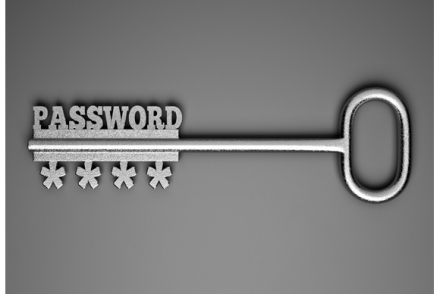by The Windows Club
When it comes to the Internet, there is nothing called 100% security. One of the best method to keep Hackers out of your computer, would be to turn off Javascript and Flash as these two are widely used to inject malicious scripts into your system.
But that may be impractical for some, as the Internet relies on Javascript and Flash for quite a few features or functions – from logging in to websites, to browsing, serving search functions and more. Turn off Javascript and you will find that you cannot do much on the Internet. So how do we keep hackers away? Here are some tips to prevent hacking without having to restrict yourself by turning off Javascript and Flash.
Apart from following the basic steps like keeping your Windows operating system and software up-to-date, keeping your Firewall turned on, using a good antivirus software or a Intenet Security Suite, here are a few precautions you should follow.
Turn off JavaScript and Flash
If you can disable JavaScript and / or Flash, good! It will make your system more secure. There is also a Group Policy setting to disable Java.
Use a strong password for user and online accounts
Easy passwords make it easier for anyone to log into your account and take it over. In most cases, the hackers will change the password after taking over your machine so that you cannot log in. What happens afterwards to reclaim the machine is a tedious process. It is always recommended to use strong passwords, that contain alphanumeric characters and also include special characters.
You can force it on the Windows users to harden the login password policy and create a strong password. You can also make it possible that the account is locked down after three attempts. Read our article on restricting login attempts.
For online accounts, I will recommend using a password manager software such as LastPass that generates secure passwords and stores them safely so that you can use them without having to remember each. Further, it is better to have different passwords for different sites so that if one account is compromised, others are still safe. The first among all tips to prevent hacking is to use a strong password.
Remove crapware
You never know what kind of programs are installed on your computer when you buy a new one. Lenovo presented a good example by installing Superfish that made it possible for cybercriminals to initiate Man in the Middle Attacks. A new computer comes with plenty of software that you won’t ever need. The first step after getting a new computer is to remove all crapware and the programs that you won’t need. There are certain third-party crapware removal tools that let you decide what programs to keep and automate the removal of crapware. You can use any such program or you can remove unwanted programs and toolbars manually. The manual method is safer though it takes some perspiration on your part. If you see a program that you can’t understand, it is better to consult someone and then remove it.
